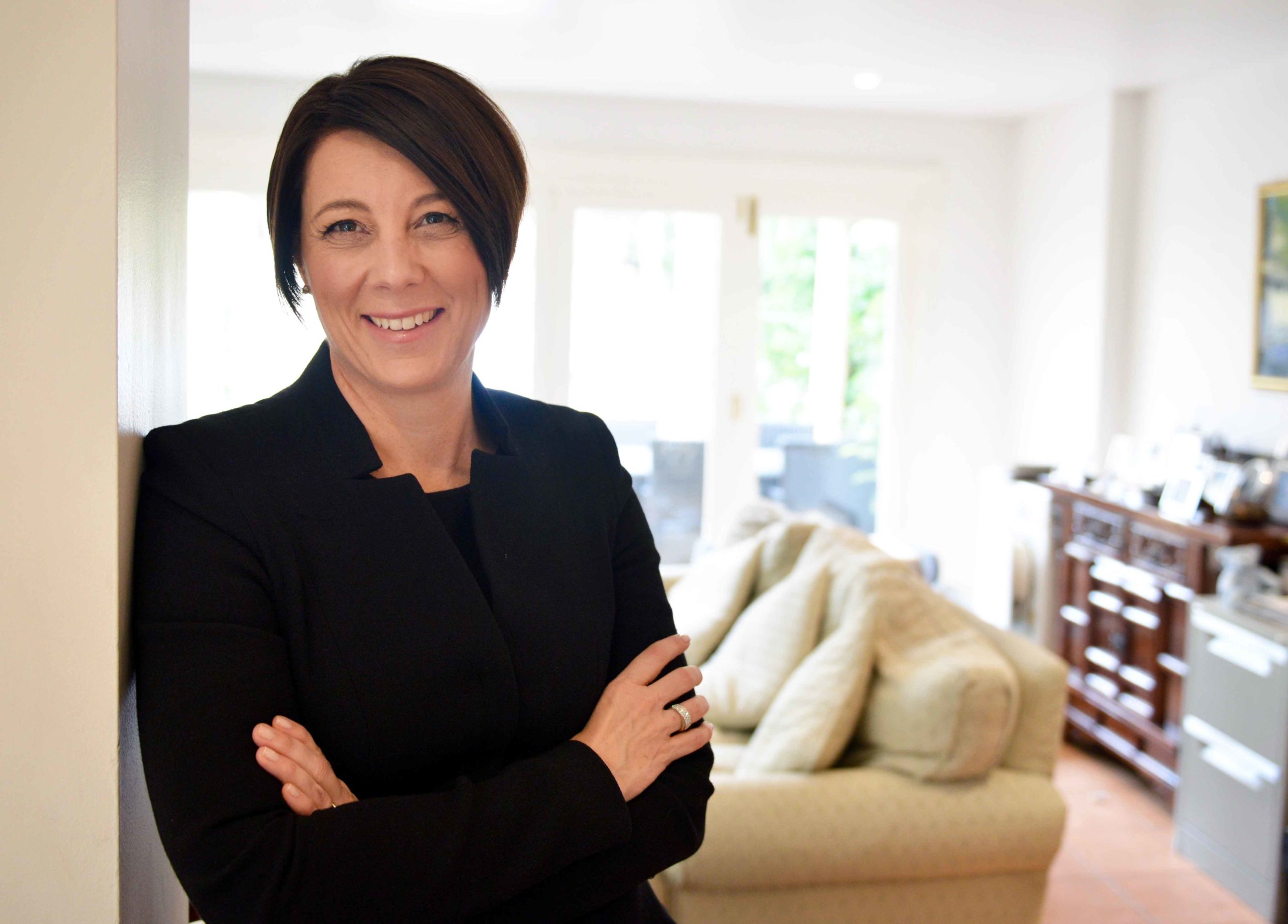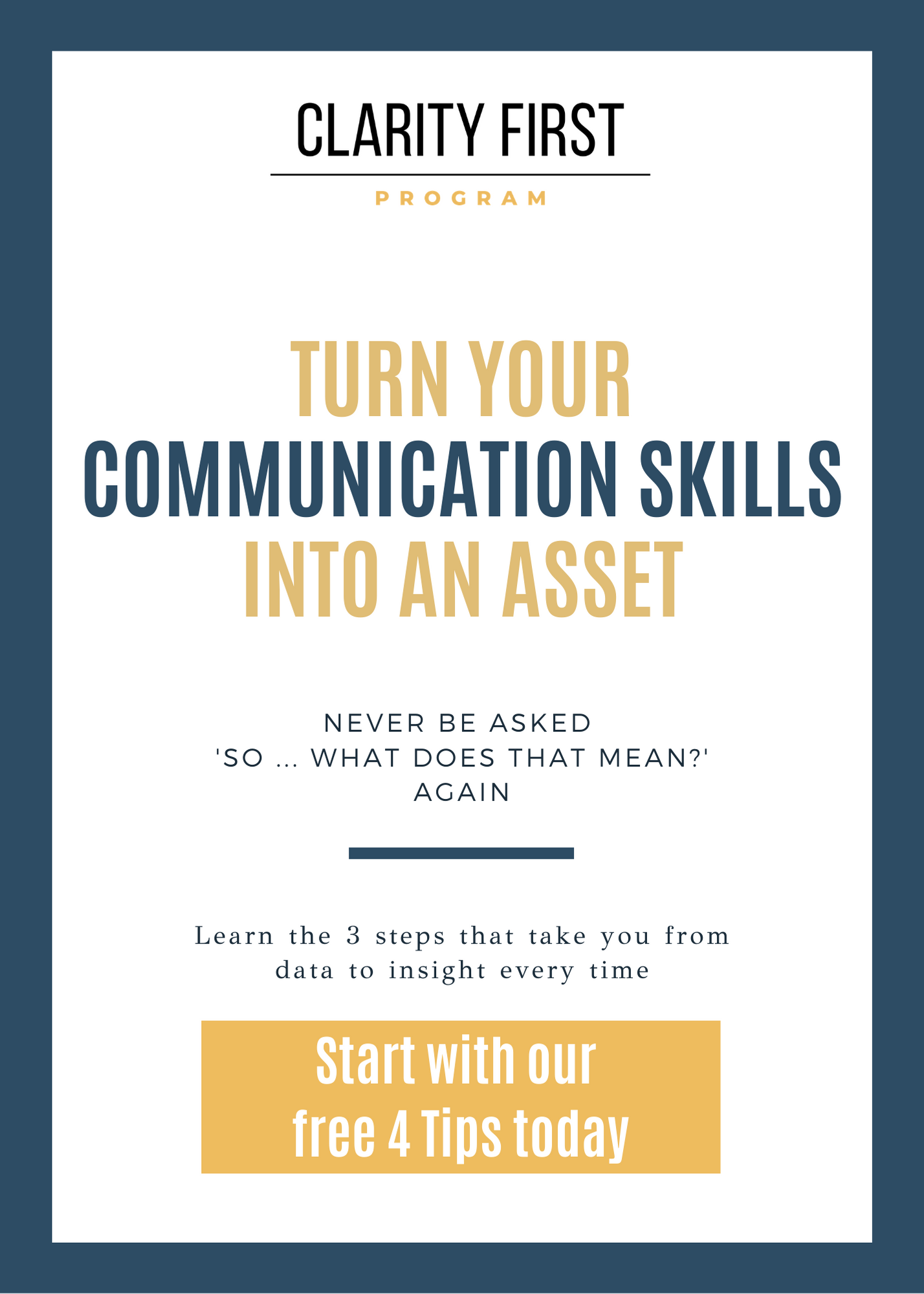
3 ideas for cutting the time it takes to prepare your communication
Like packing, structuring your thinking using the Pyramid Principle looks easy when it's done.
As I was packing my bags to return to Sydney I realised there was a parallel between my packing process and communicating using the Pyramid Principle.
Really?
Packing for the return trip was vastly easier than when we left for our one month away.
On the way out, it was quite an effort. There was so much to consider.
What would the weather would be like? The forecast kept changing for the Pacific North West, so I needed to be ready for anything.
What would we be doing? Did I need mainly casual clothes, or to factor in some smarter nights out? How much hiking would we do? Not sure.
I was also in a rush, as I left it late to pack.
The answer was to think carefully – and quickly – about multi-purposing and coordinating each item.
This meant items flurried in and out of the bag, with many things flying in and out at the last minute.
This made for a bulging, disorganised bag.
On the way home it was remarkably different.
There was no more thinking to do.
I knew exactly what to pack.
Unsurprisingly, the bag is neater and bulges less.
But … what on earth does this have to do with preparing communication?
When the thinking is done, it's super easy to ‘pack' ideas into a well-synthesised, logical and engaging piece of communication.
Even though thinking through your communication is much more complex than packing a bag, there are ways to make it much easier on yourself.
Here are three ideas to cut the time it takes to structure your messaging:
- Assume that your first draft (possibly several) is written for you, not your audience. It is a thinking tool, not a communication tool. It is a bit like the pile of clothes next to your bag that you aren't yet sure if you need to pack. Needless to say, I don't recommend formatting this brainstorm doc to make it beautiful.
- Commit to containing the high-level messaging to a single, structured page before you prepare any final documents. This will force you to cull lower-priority things … which of course means you must have a structure and a priority.
- Socialise that highly structured one-pager with peers and key stakeholders before you prepare your document. It will be fast to read and review, which will in turn lead to useful input.
That's right … nail the messaging before you open the Board paper template, PowerPoint … or whatever medium you are using.
I hope that helps.
Davina
PS – If you'd like to take these ideas further, try my free 10 Minutes to Better Emails course or check out my latest books.

PRESENTED BY DAVINA STANLEY
I love what I do.
I help senior leaders and their teams prepare high-quality papers and presentations in a fraction of the time.
This involves 'nailing' the message that will quickly engage decision makers in the required outcome.
I leverage 25+ years' experience including
- learning structured thinking techniques at McKinsey in Hong Kong in the mid 1990s before coaching and training their teams globally as a freelancer for a further 15 years
- being approved to teach the Pyramid Principle by Barbara Minto in 2009
- helping CEOs, C-suite leaders and their reports deeply understand their stakeholder needs and communicate accordingly
- seeing leaders cut the number of times they review major papers by ~30% and teams cut the amount of time they take to prepare major papers by ~20%*
- watching senior meetings focus on substantive discussions and better decisions rather than trying to clarify the issue
My approach helps anyone who needs to engage senior leaders and Boards.
Recent clients include 7Eleven, KPMG, Mercer, Meta, Woolworths.
Learn more at www.clarityfirstprogram.com
(*) Numbers are based on 2023 client benchmarking results.













